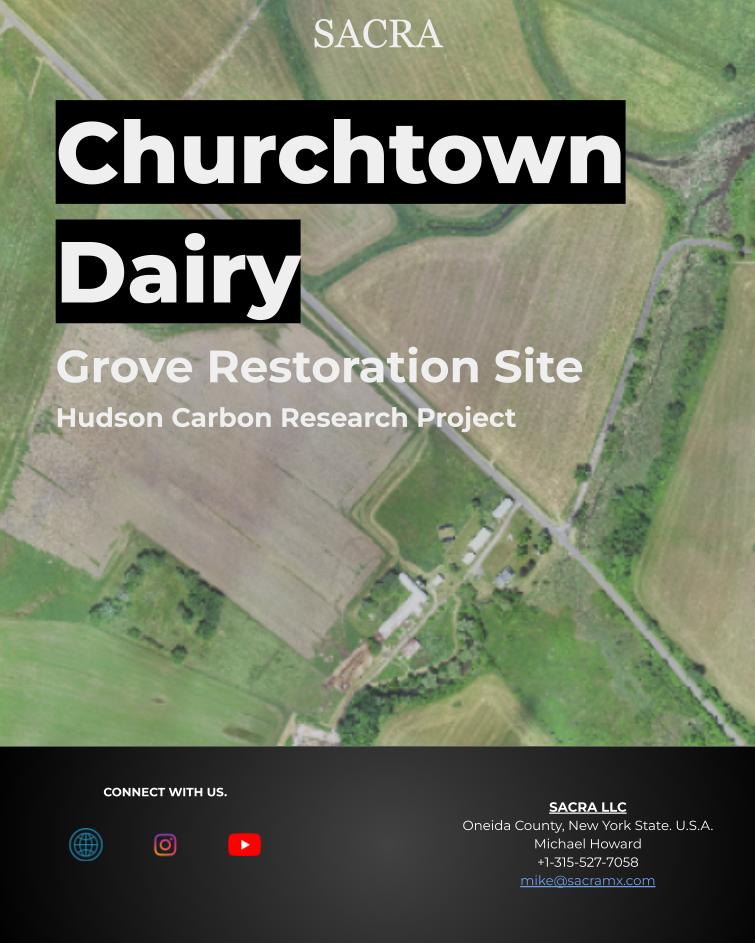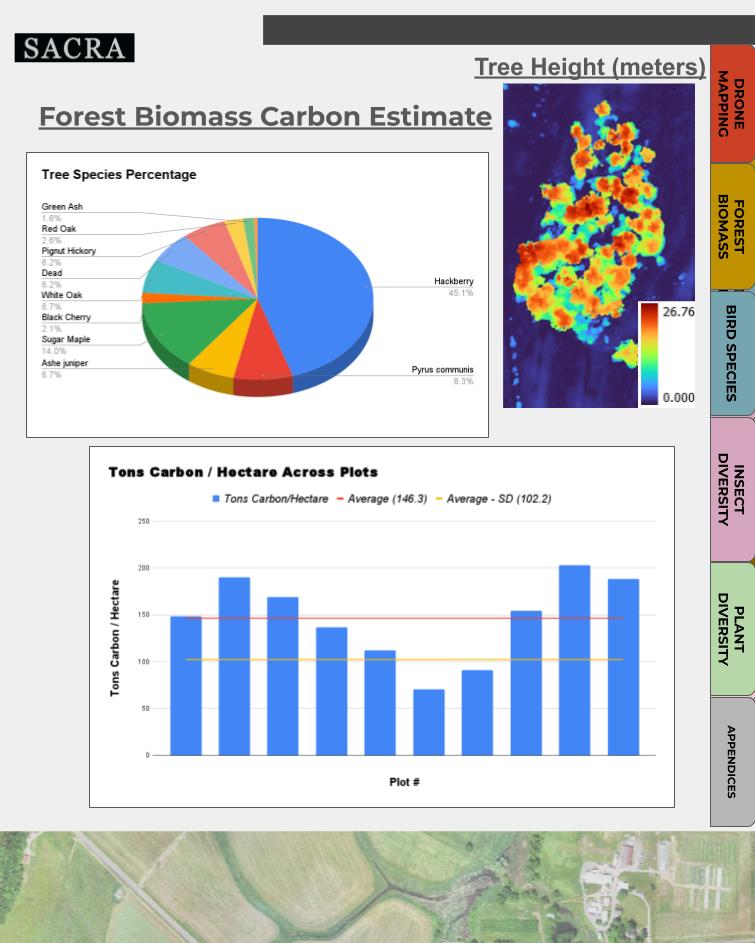
Churchtown Dairy is an organic dairy with a biodynamic orientation located in Hudson, New York, known for its commitment to sustainable agriculture, holistic farming practices, and community engagement.


The farm integrates traditional dairy operations with biodynamic principles, which emphasize the interconnectedness of soil, plants, animals, and humans within the environment.




Key aspects of Churchtown Dairy include:
Biodynamic Farming
Biodynamics involve using natural preparations and compost to enhance soil fertility, rotating crops to promote healthy ecosystems, and viewing the farm as a self-sustaining organism.
Dairy Operations
The cows are pasture-fed, ensuring their health and the production of nutrient-rich milk. The farm's raw milk is used to make a variety of artisanal cheeses, butter, and other dairy goods
Ecological Research
The farm tracks biodiversity, soil health, and landscape changes through tools like aerial orthophotography, digital elevation models, bird audio identification, and insect population studies. This research helps in better understanding and preserving the farm's ecosystem.
Education and Outreach
The farm hosts workshops, tours, and events focused on biodynamic farming, soil health, and regenerative practices. It serves as a hub for farmers, educators, and community members interested in learning more about ecological stewardship.
High-resolution aerial imagery providing a detailed overview of the farm's land features, vegetation, and layout


Churchtown Dairy was founded in the early 2010s as part of dedication to environmental sustainability and biodynamic farming.
The farm was created on the belief that agriculture should nurture both the land and the community, aligning with the principles of biodynamic farming, a holistic approach to agriculture that originated with Austrian philosopher Rudolf Steiner.
A topographic representation of the land, highlighting variations in terrain and elevation across the farm.
3D data from drone surveys, offering precise spatial information about the farm's structures, trees, and landscape features.
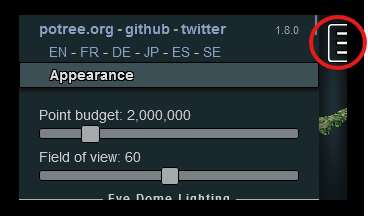

Click here to interact with the 3D Model
Audio monitoring technology used to track and identify bird species, reflecting the farm's rich biodiversity.
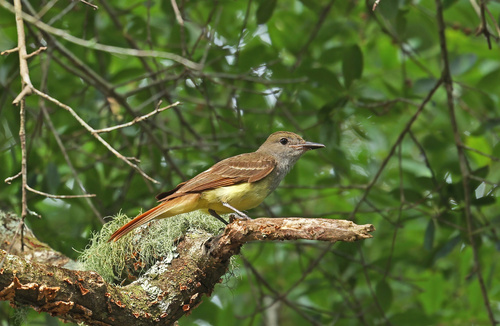


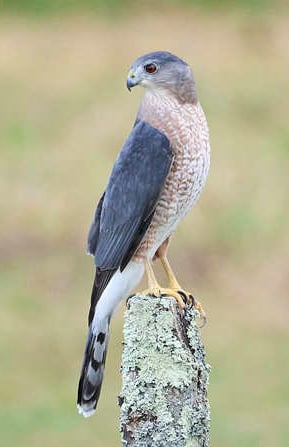


Great Crested Flycatcher
Cooper's Hawk
Orchard Oriole
(Myiarchus crinitus)
(Accipiter cooperii)
(Icterus spurius)

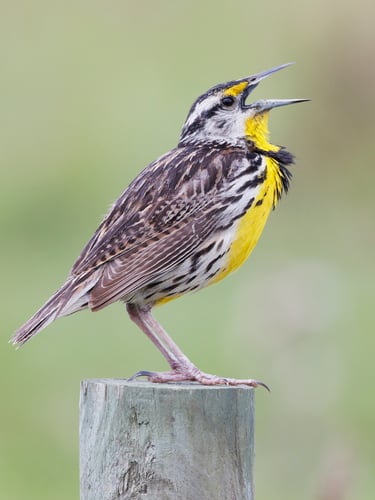
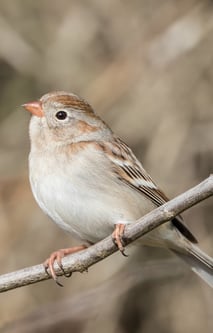


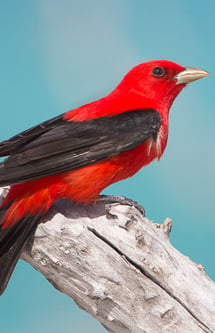
Eastern Meadowlark
Field Sparrow
Scarlet Tanager
(Sturnella magna)
(Spizella pusilla)
(Piranga olivacea)
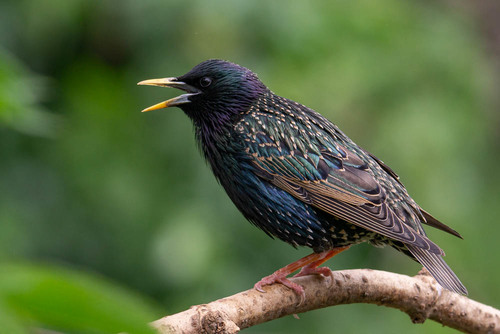

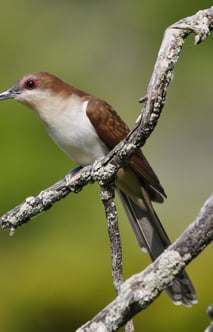

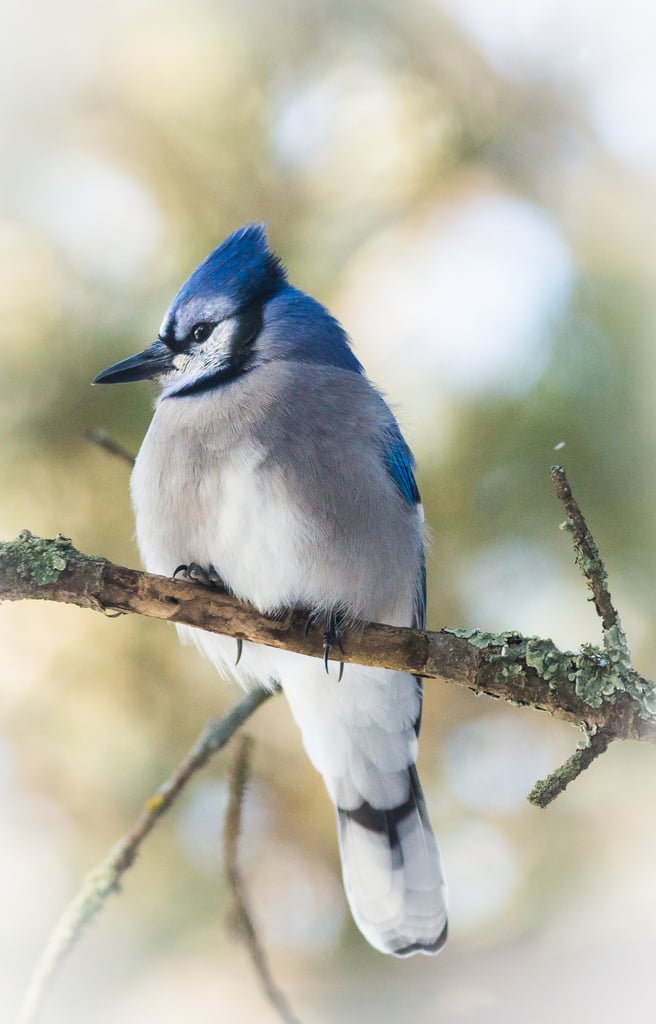

European Starling
Black-billed Cuckoo
Blue Jay
(Sturnus vulgaris)
( Coccyzus erythropthalmus)
(Cyanocitta cristata
Images, common and scientific names taken from iNaturalist database.
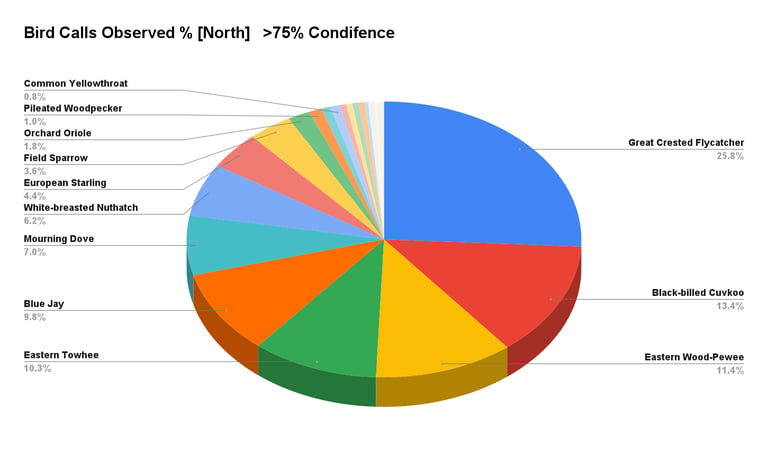

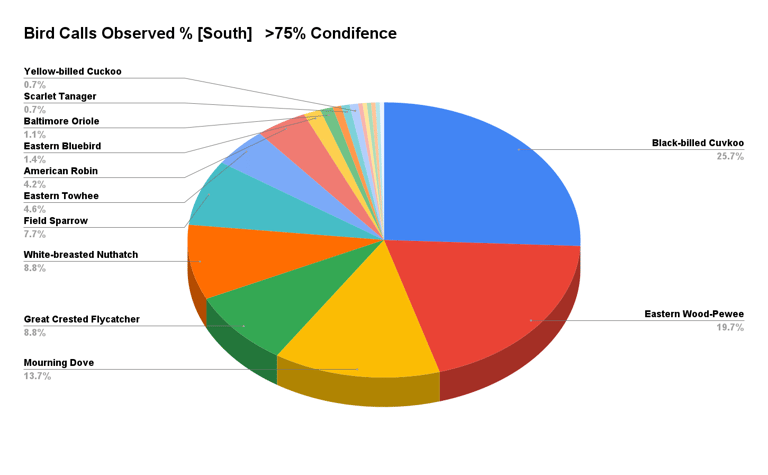

Comprehensive surveys of insect populations to understand their role in the farm's ecosystem and health.
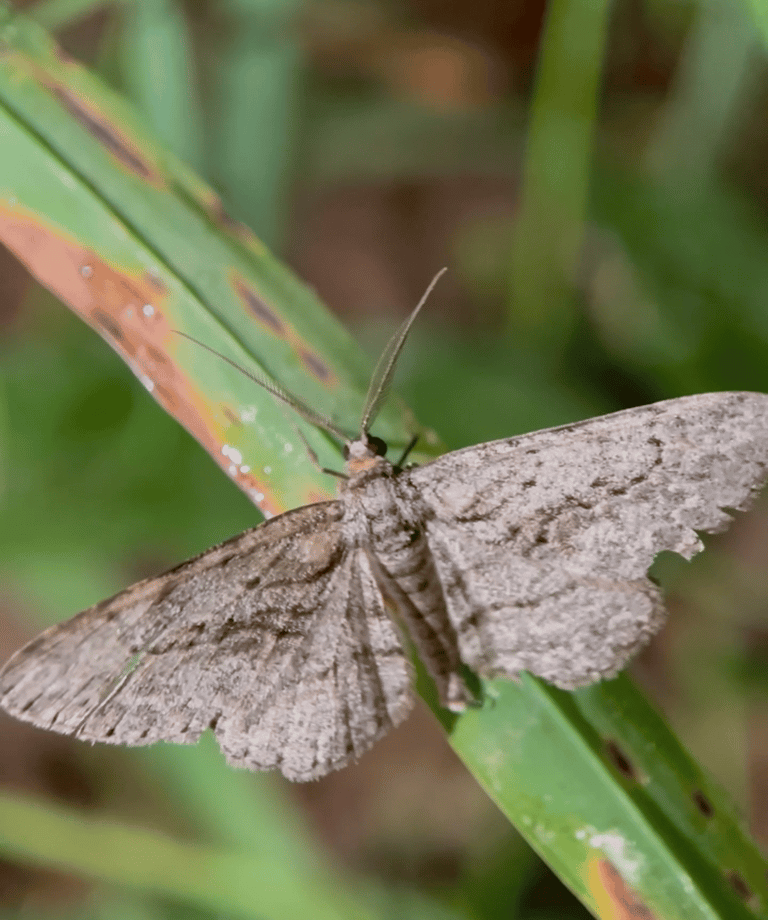

Hypomecis sp.
Geometridae
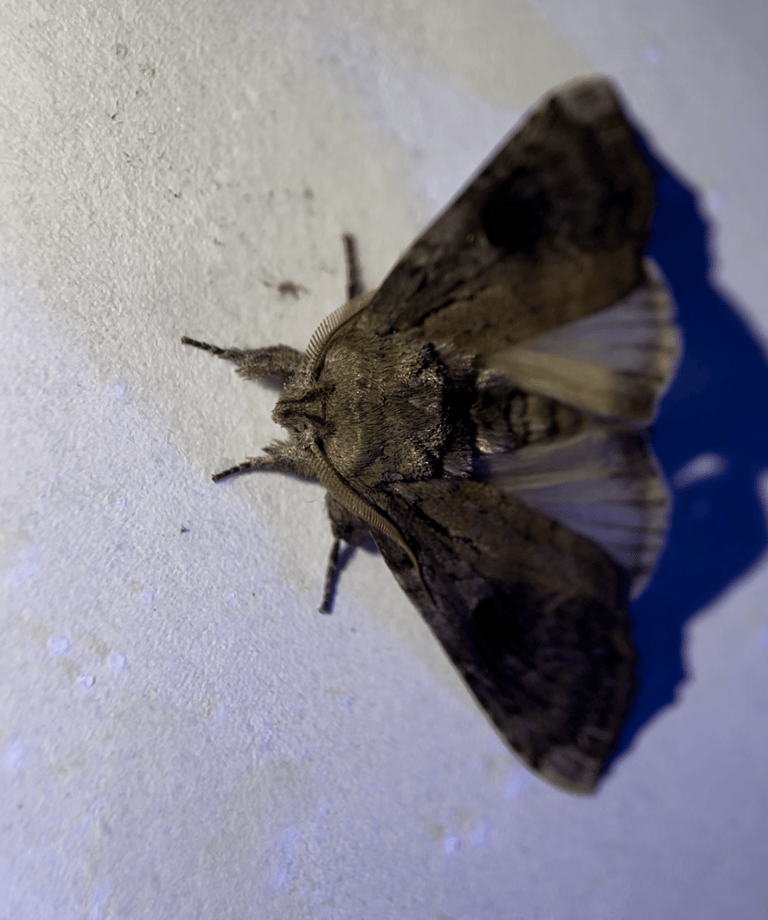

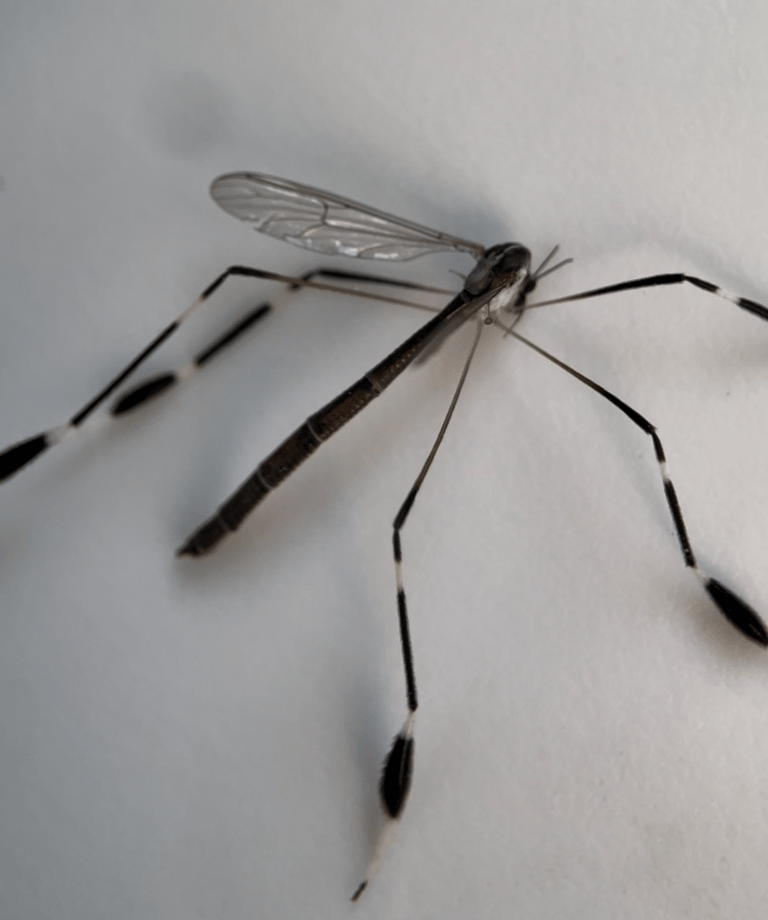

Notodontidae sp.
Notodontidae
Ptychopteridae sp.
Ptychopteridae
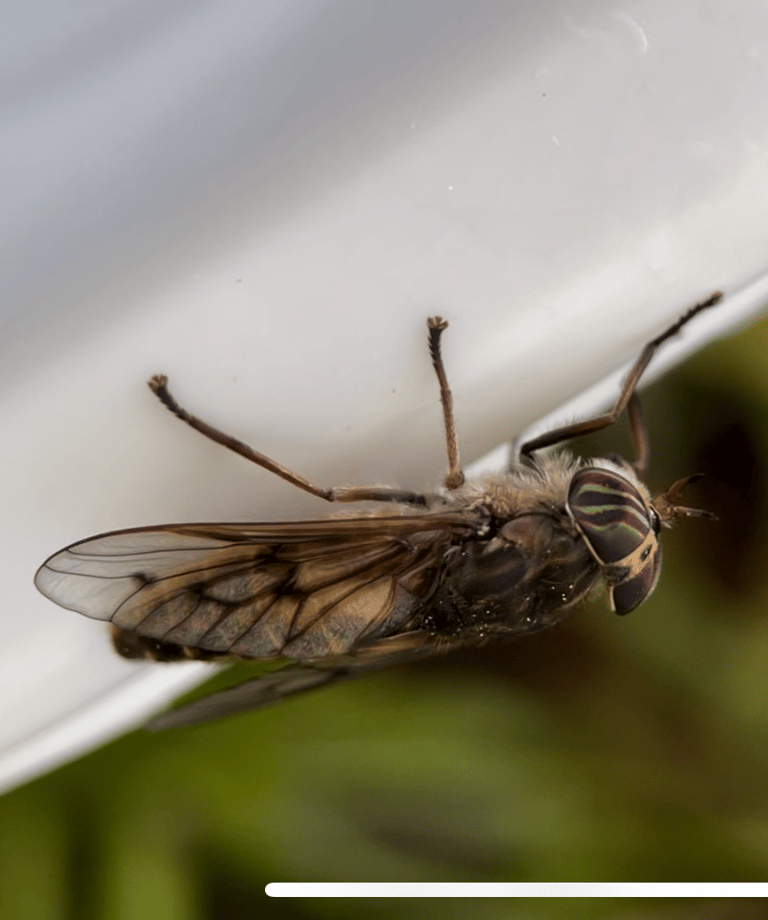

Hybomitra sp.
Tabanidae



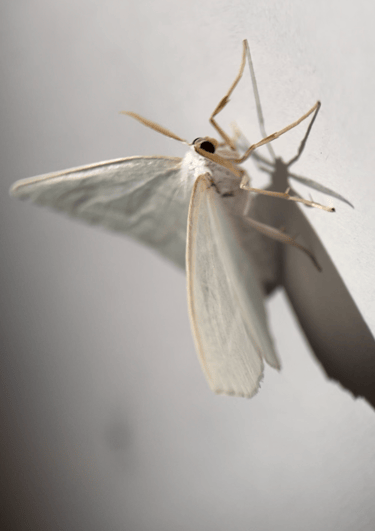
Tetragnatha extensa
Tetragnathidae
Campaea perlata
Geometridae
Footage from cameras strategically placed around the farm to capture and monitor local wildlife in their natural habitat, offering a glimpse into the biodiversity they protect.






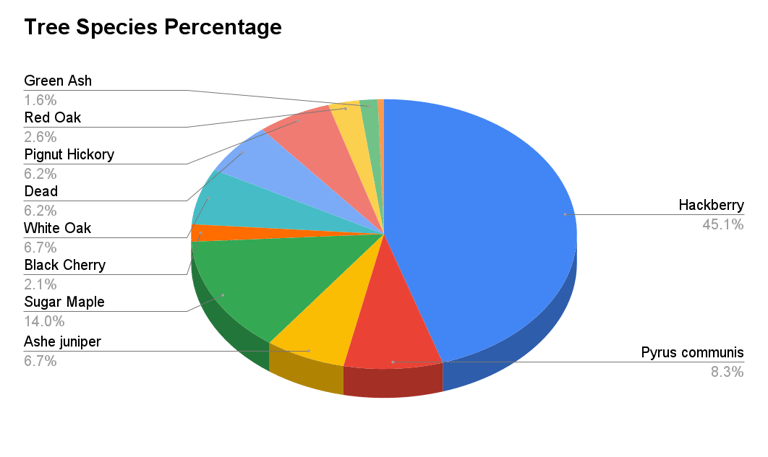

It visualizes the distribution of tree types, allowing for easy comparison of species prevalence. Understanding tree species composition is key to assessing the forest structure, biodiversity, and long-term sustainability of Churchtown Dairy’s wooded areas.
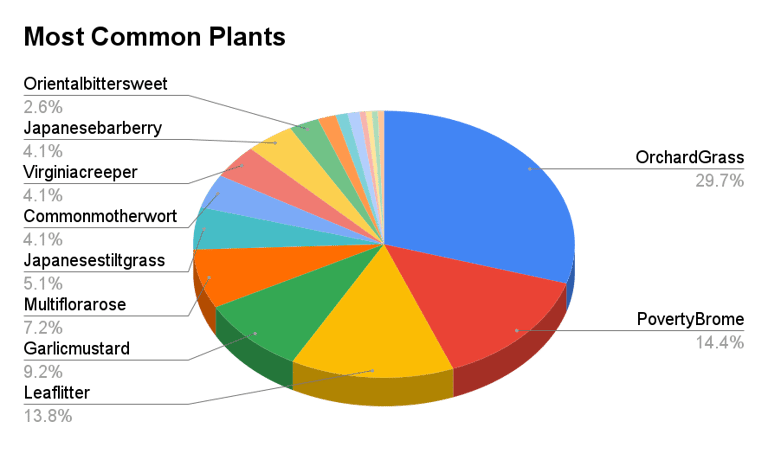

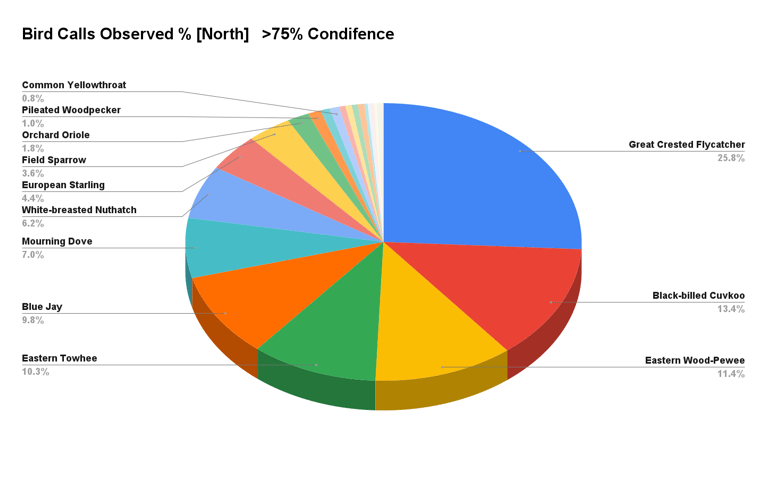

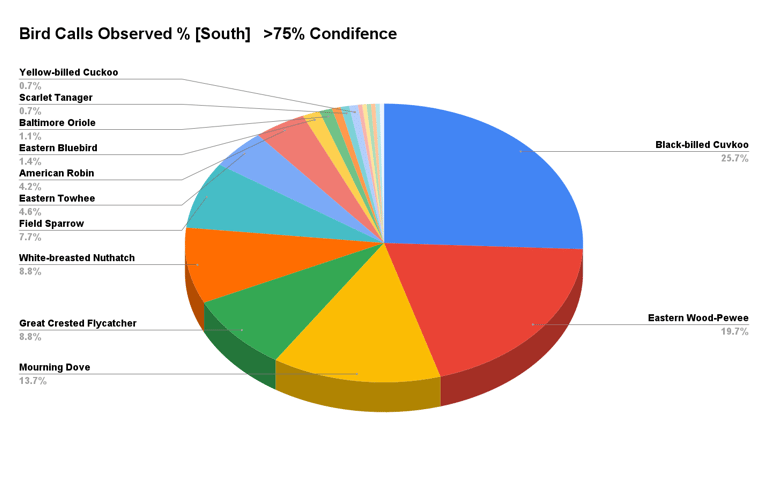

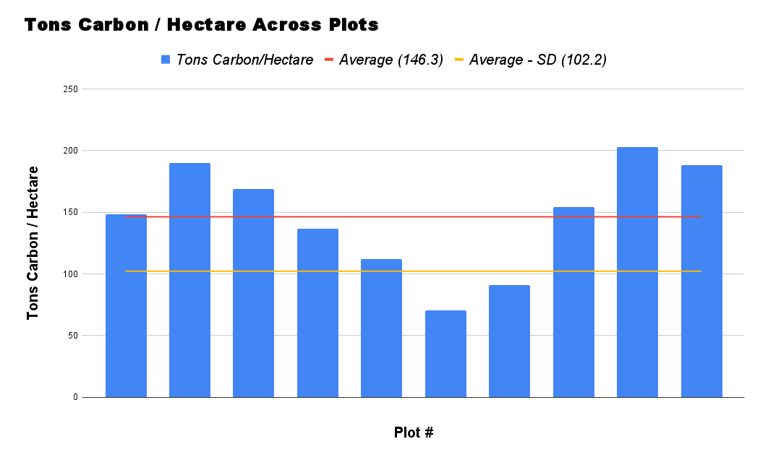



The most frequently observed plant species across Churchtown Dairy. It shows the proportion or count of each plant type, offering a clear view of the dominant flora on the farm.
This helps in understanding the plant biodiversity and can indicate how different species contribute to the overall health and resilience of the farm’s ecosystems.
This graphs tracks the number and variety of bird calls detected on the farm. It represents the diversity of bird species, offering insights into the richness of birdlife at Churchtown Dairy.
The data helps gauge the health of habitats and the farm’s effectiveness in supporting wildlife. The study was divided between north and south sides of the property.
This graph displays the distribution of carbon storage across different land plots on the farm. Each plot is represented by the tons of carbon sequestered per hectare, providing a detailed comparison of carbon retention across the landscape.
This information is valuable for understanding how different areas contribute to overall carbon sequestration and the impact of farming practices on carbon capture.
Soon we will be posting our Scientific Methodology and how we obtained all this information. See our Privacy Policy for more details at https://sacramx.com/privacy-policy

